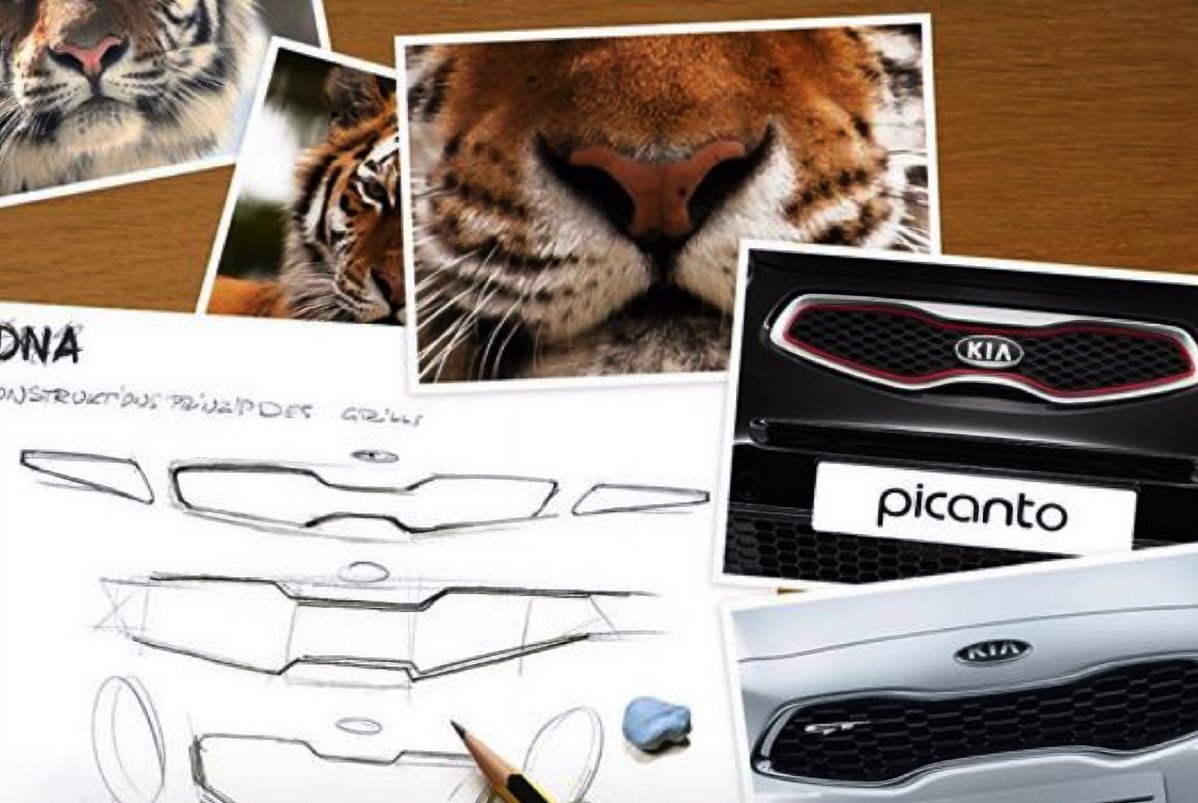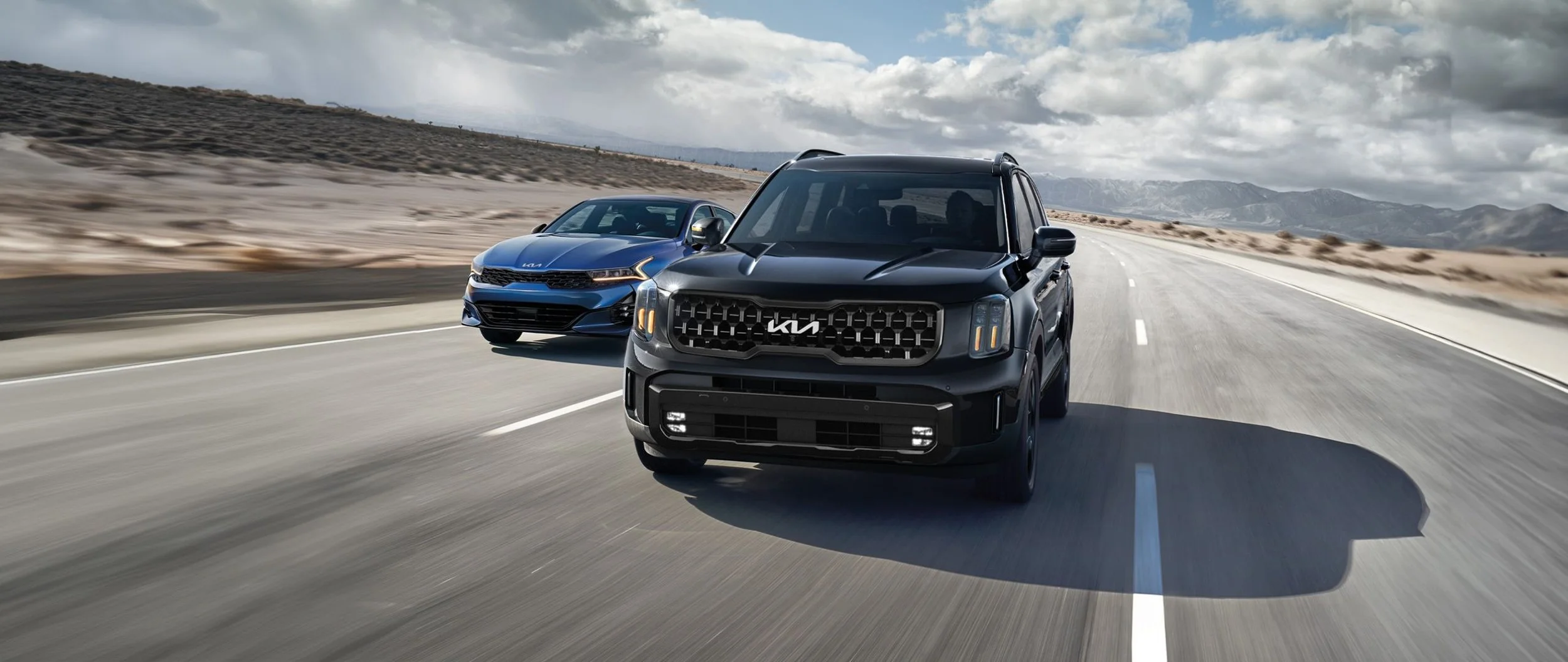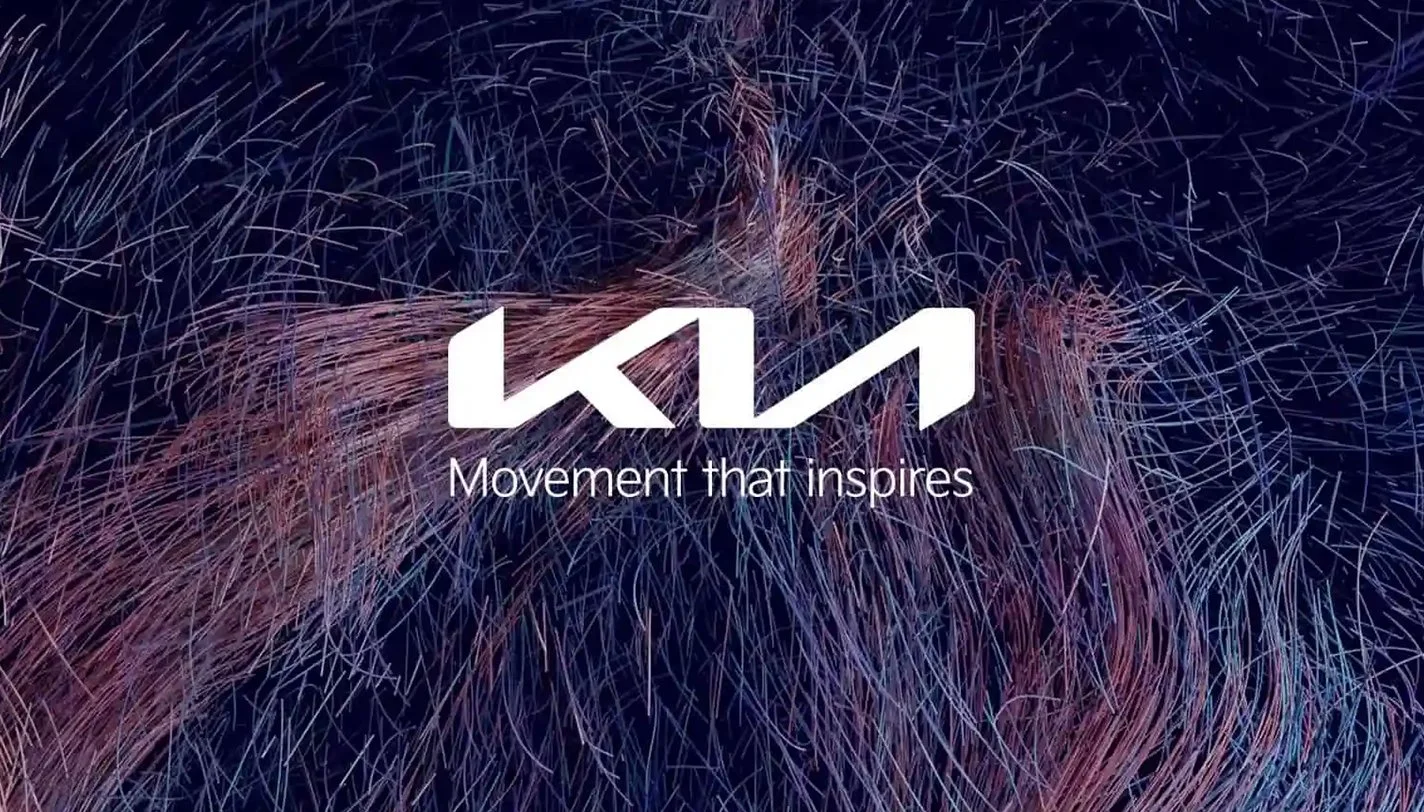Kia's Repositioning: From Budget to Bold
Kia Motors' journey from a manufacturer of affordable cars to a brand associated with luxury and innovation is a story of strategic transformation. This remarkable change was driven by Kia's approach to prioritize their product design language and quality.
Kia’s Humble Beginnings
Kia began in 1944, initially focusing on bicycle parts and steel tubing before entering the automotive industry in the 1970s. For a long time, Kia's cars were seen as affordable but not particularly glamorous. This perception began to shift with a pivotal decision in 2006.
The Design Revolution: Peter Schreyer’s Arrival
The year 2006 marked a significant change for Kia. They hired Peter Schreyer, a renowned designer from Audi and Volkswagen. Schreyer's fresh approach to Kia's design led to the introduction of the ‘Tiger Nose’ grille, a feature that helped Kia start bridging the gap between affordability and luxury.
Peter Schreyer
The face of kia, the ‘tiger nose’ grille.
Embracing the Future
Kia’s Electric Drive Kia's commitment to innovation was further highlighted in 2011 with the launch of the Kia Soul EV, their first fully electric vehicle. This signaled Kia's alignment with the future of sustainable mobility and marked a significant step in the brand's evolution.
Solidifying the Product Line
Laying Groundwork for Rebranding In the years following, Kia continued to enhance its product line with models like the Sorento, Telluride, and the revamped Cerato (known as Forte in some markets). These vehicles played a crucial role in reshaping Kia's image in the market.
2024 KIA TELLURIDE & K5
The Big Reveal
Kia’s New Logo and Slogan 2021 was a landmark year for Kia as they unveiled a new logo. The design featured sleek, continuous lines, symbolizing Kia's modern vision. However, the logo faced some readability criticisms. Along with the new logo, Kia introduced the slogan "Movement that Inspires," emphasizing their focus on innovation and inspiration.
The Power of Sequencing
Market’s Positive Reception The response to Kia's transformation was initially mixed but grew increasingly positive. This shift in market perception can largely be attributed to Kia's strategic approach of first enhancing their product line before undertaking a major rebranding. Kia's journey from a budget-friendly option to a luxury brand highlights the importance of product development in brand evolution.
Kia's transformation is a powerful example of how aligning product development with brand strategy can lead to a successful brand evolution. This story stands as a testament to the impact of a well-thought-out brand transformation in the automotive industry.





